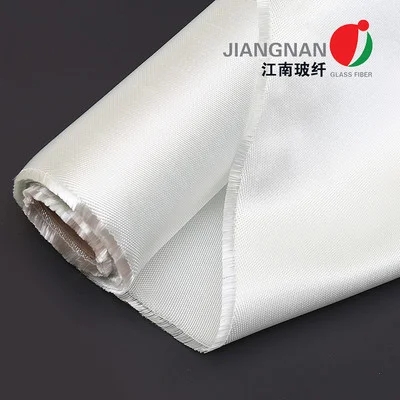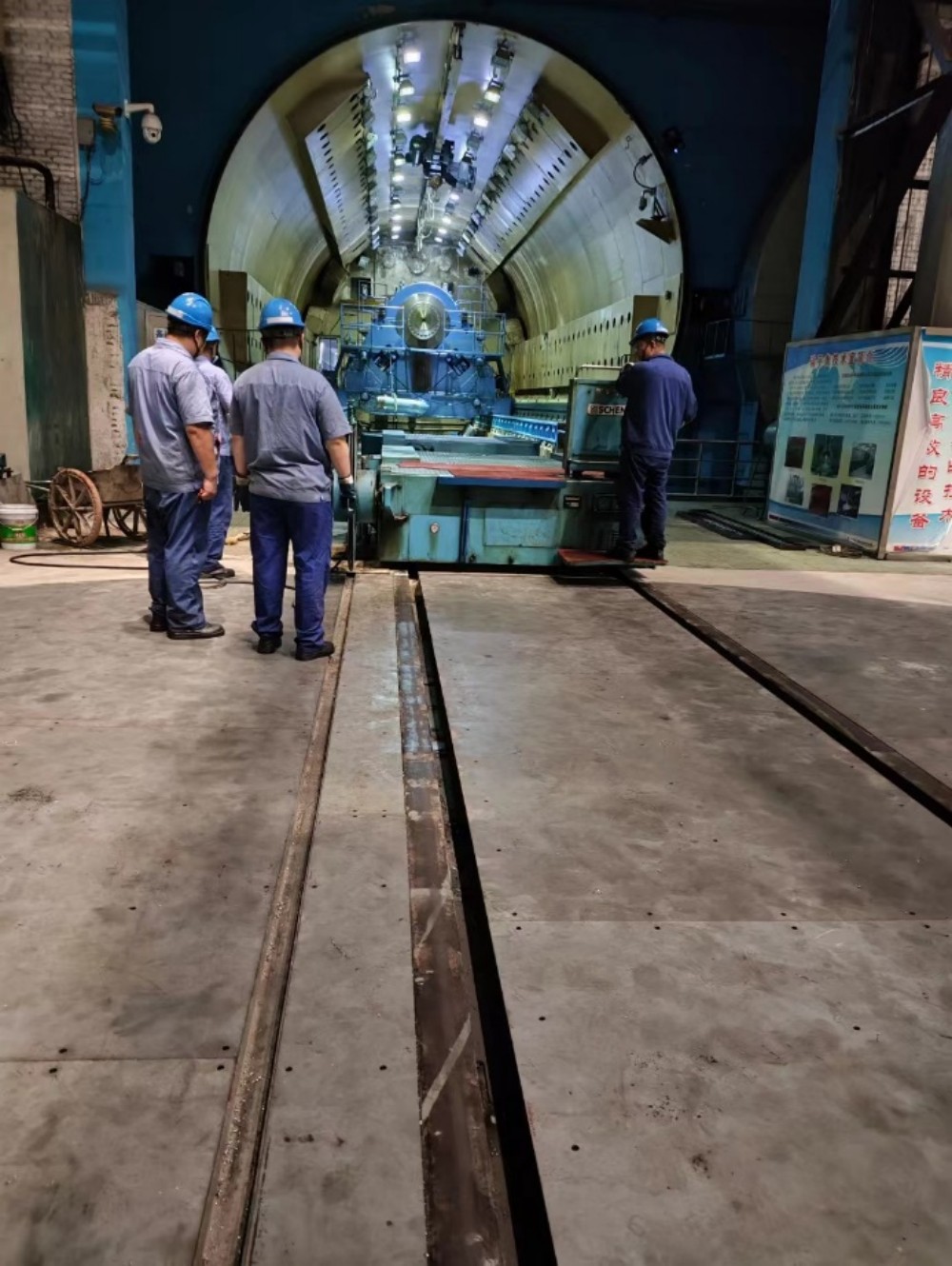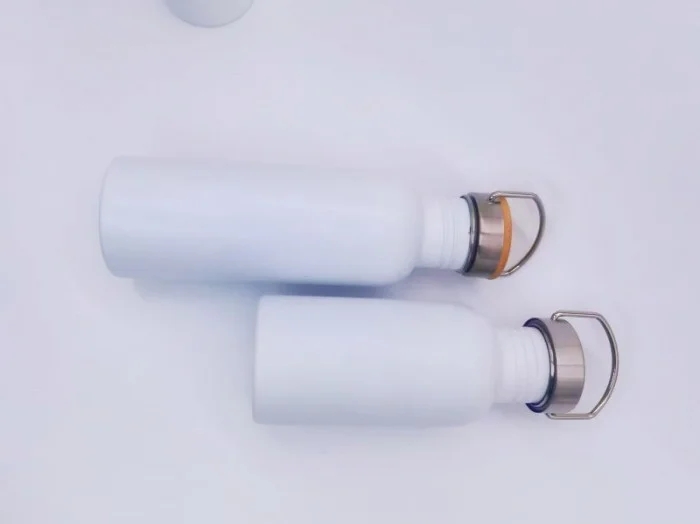In the realm of thermal management, the choice of insulating materials plays a pivotal role, especially when dealing with high-temperature environments. Industries ranging from aerospace to manufacturing are constantly seeking effective solutions to mitigate heat transfer, enhance energy efficiency, and ensure safety. This article delves into the various insulating materials that are specifically designed to withstand elevated temperatures, their properties, applications, and the latest advancements in the field.
Understanding High-Temperature Insulation
High-temperature insulation materials are engineered to perform under extreme conditions, typically exceeding 200°C (392°F). These materials must not only resist heat but also maintain structural integrity, minimize thermal conductivity, and withstand chemical exposure. The effectiveness of an insulating material is often measured by its thermal conductivity (k-value), maximum service temperature, and durability.
Common Types of High-Temperature Insulating Materials
- Ceramic Fiber Insulation
- Properties: Ceramic fiber insulation is composed of alumina and silica, providing excellent thermal resistance and low thermal conductivity. It can withstand temperatures up to 1,600°C (2,912°F).
- Applications: Widely used in industrial furnaces, kilns, and heat treatment processes, ceramic fibers are ideal for applications requiring lightweight and flexible insulation.
- Mineral Wool
- Properties: Made from natural or synthetic minerals, mineral wool can endure temperatures up to 1,000°C (1,832°F). It exhibits good sound absorption and fire resistance.
- Applications: Commonly used in building insulation, industrial equipment, and HVAC systems, mineral wool is favored for its versatility and effectiveness in thermal management.
- Calcium Silicate
- Properties: Calcium silicate insulation is known for its high compressive strength and resistance to moisture. It can operate effectively at temperatures up to 1,100°C (2,012°F).
- Applications: Often utilized in steam pipes, boilers, and high-temperature industrial processes, calcium silicate is an excellent choice for thermal insulation in demanding environments.
- Aerogel
- Properties: Aerogel is one of the lightest solid materials known, with exceptional thermal insulation properties. It can withstand temperatures up to 650°C (1,202°F) and has a very low thermal conductivity.
- Applications: Used in aerospace applications, oil and gas industries, and even in building materials, aerogel is celebrated for its ability to provide superior insulation with minimal weight.
- Fiberglass
- Properties: Fiberglass insulation is made from fine glass fibers and can handle temperatures up to 540°C (1,004°F). It is non-combustible and resistant to moisture.
- Applications: Commonly found in residential and commercial buildings, as well as in industrial applications, fiberglass is a cost-effective solution for thermal insulation.
Innovations in High-Temperature Insulation
Recent advancements in material science have led to the development of composite insulating materials that combine the benefits of traditional insulators with enhanced performance characteristics. For instance, the integration of nanotechnology into insulation materials has resulted in products that offer improved thermal resistance and reduced weight.
Moreover, the rise of sustainable materials has prompted researchers to explore bio-based insulating materials that can withstand high temperatures while minimizing environmental impact. These innovations not only address the growing demand for energy-efficient solutions but also align with global sustainability goals.
Conclusion
Selecting the right insulating material for high-temperature applications is crucial for optimizing performance, safety, and energy efficiency. With a variety of options available, including ceramic fibers, mineral wool, calcium silicate, aerogel, and fiberglass, industries can tailor their insulation solutions to meet specific operational needs. As technology continues to evolve, the future of high-temperature insulation looks promising, paving the way for more efficient and sustainable thermal management solutions.





